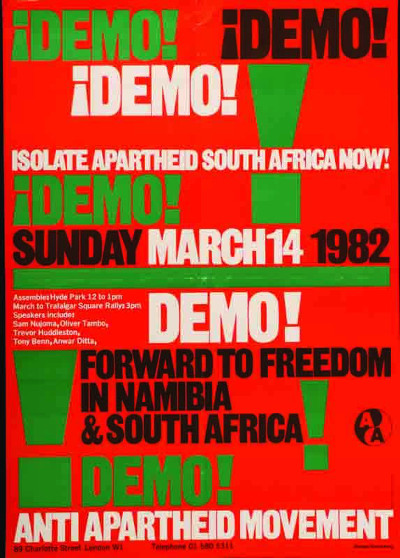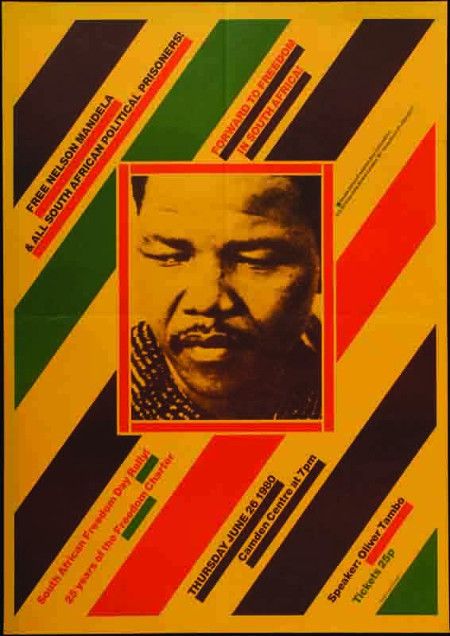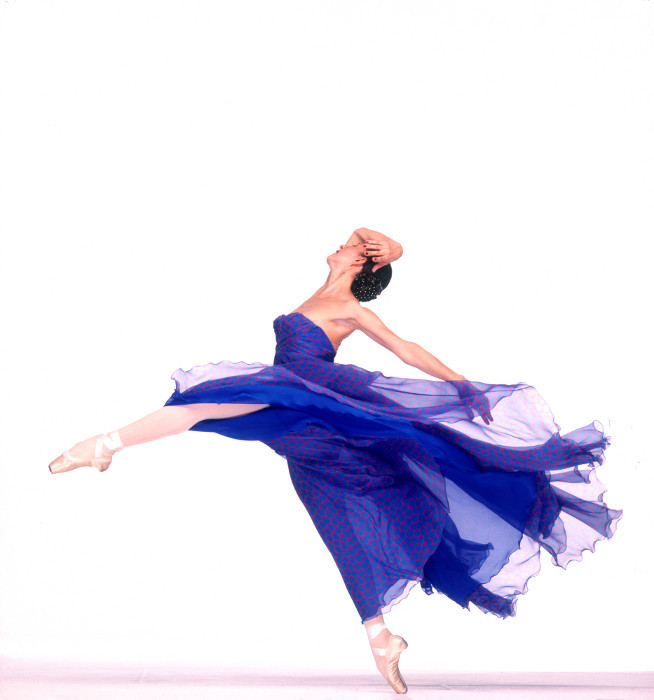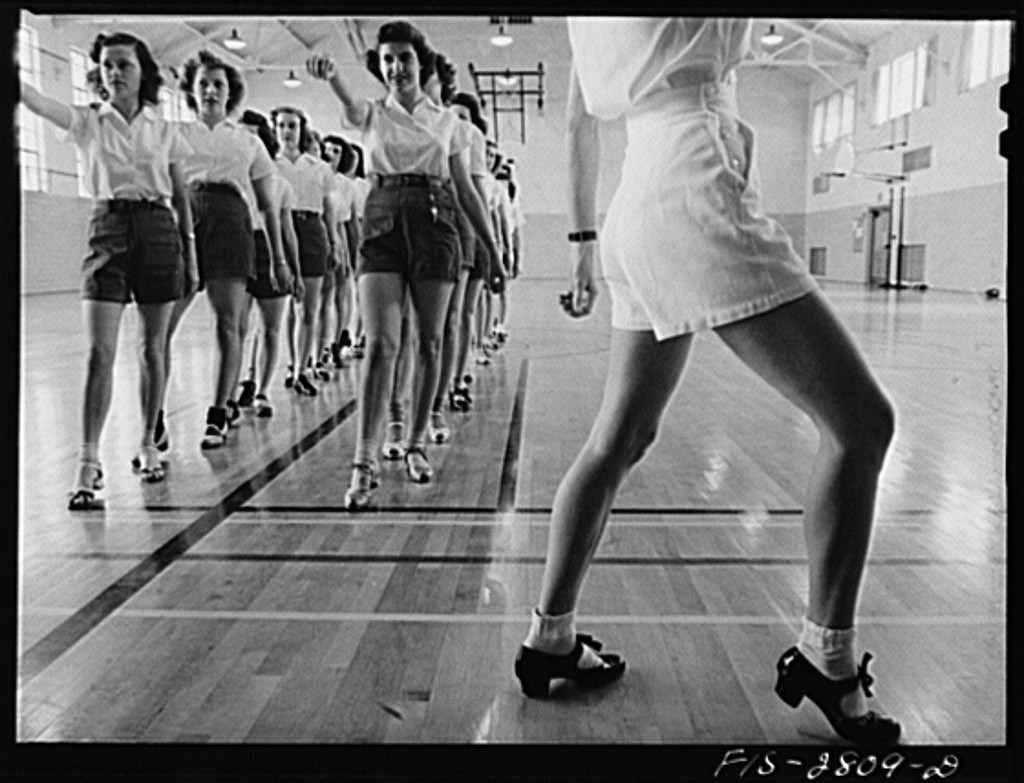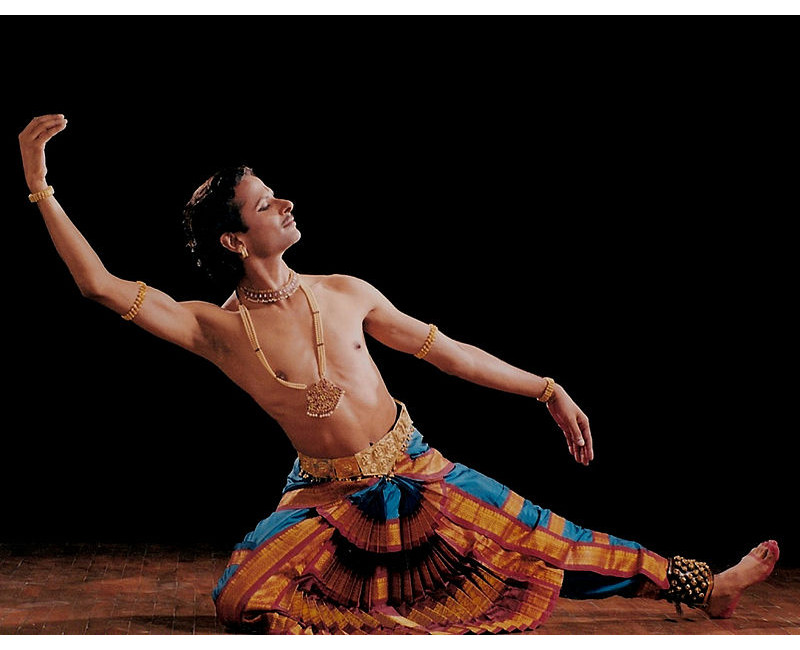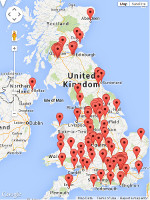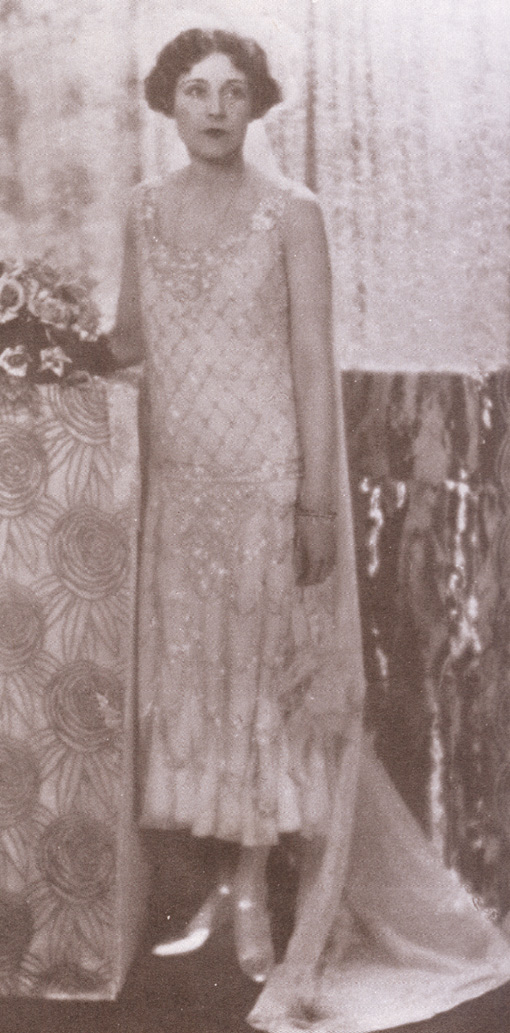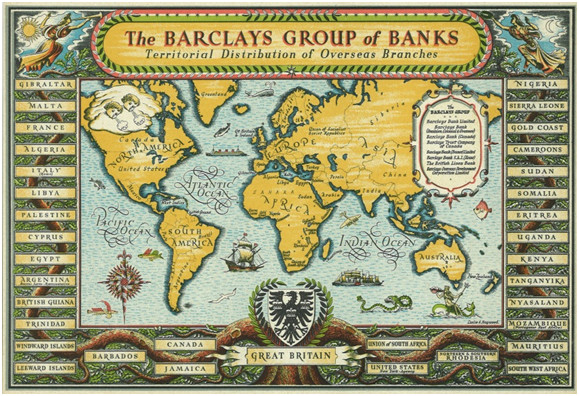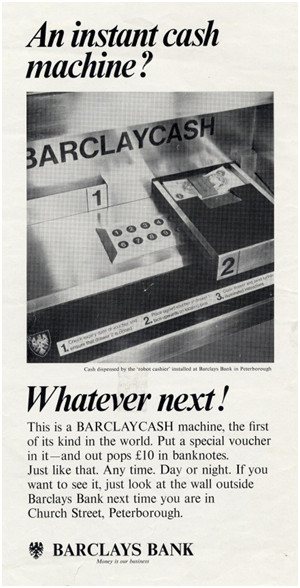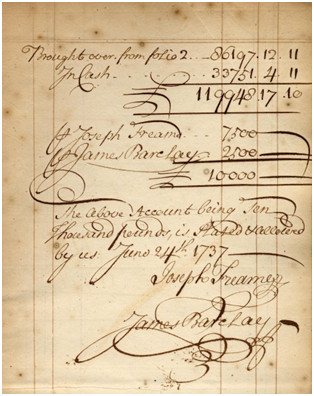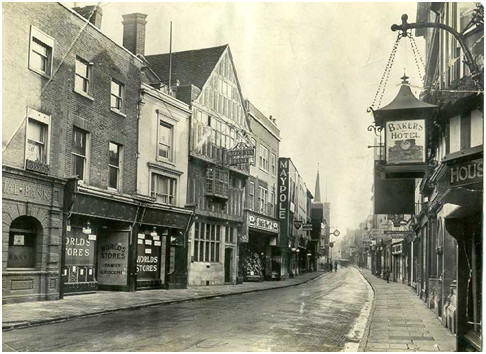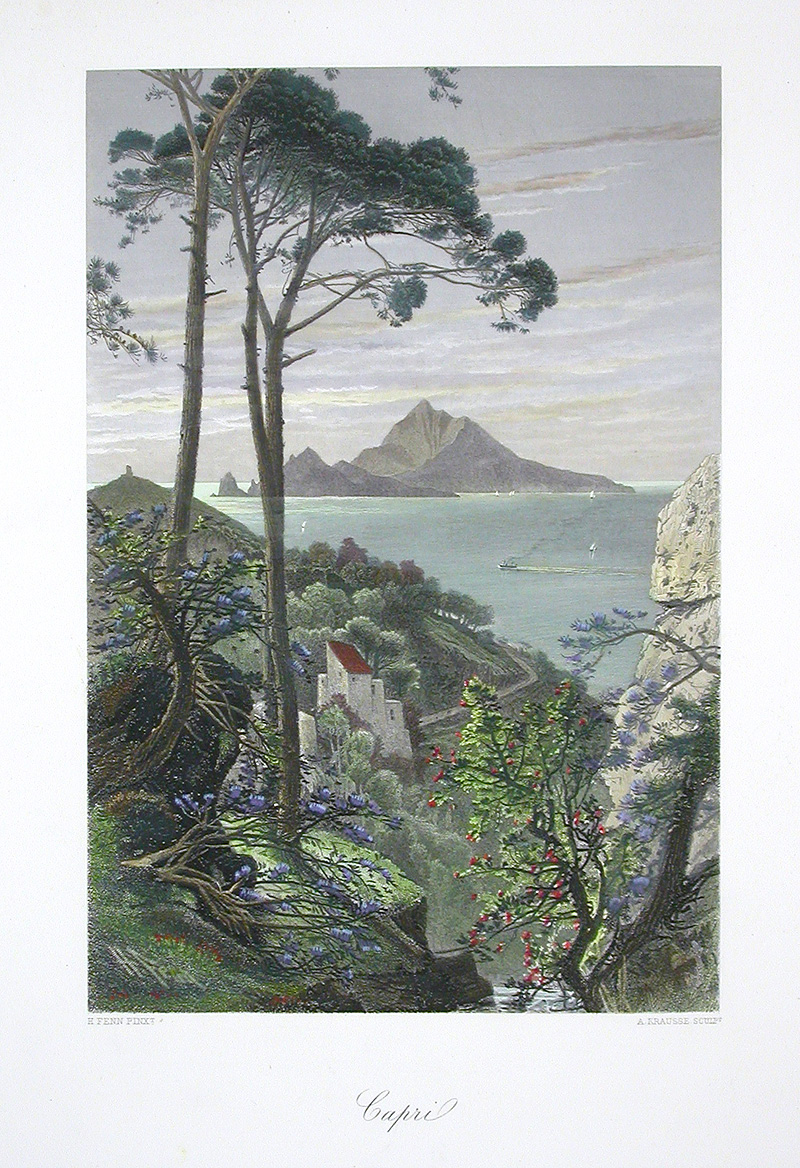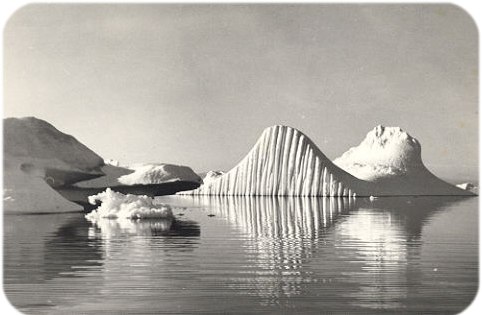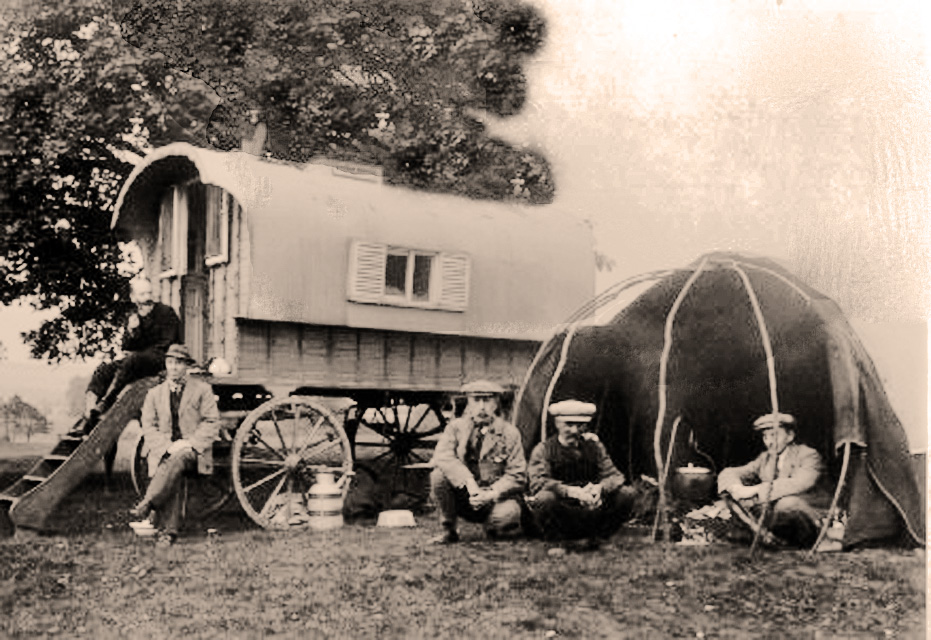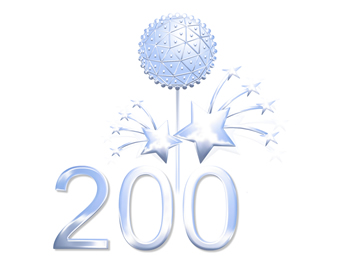Archives Hub feature for August 2014
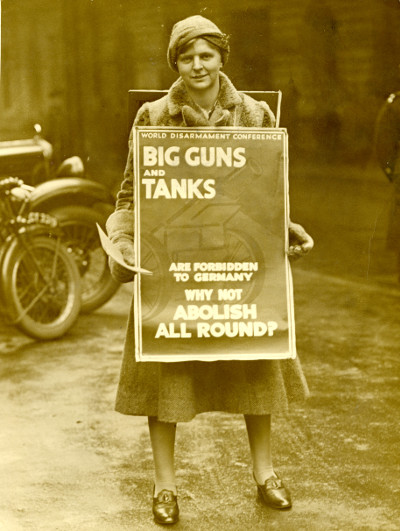
The Swords into Ploughshares project encompasses the cataloguing of two peace organisations’ archives, the Women’s International League for Peace and Freedom (WILPF) and the Fellowship of Reconciliation: London Union (FOR). Both organisations were formed during the First World War and have a strong history of actively campaigning for world peace, disarmament and supporting individuals affected by war. Cataloguing these collections gives peace movement researchers the opportunity to access important material documenting the history of pacifism and disarmament. The project was made possible by funding from the National Cataloguing Grants Programme for Archives.
Women’s International League for Peace and Freedom
WILPF was formed in 1915 when the International Women’s Congress met in The Hague, resolving to start an organisation to promote peace and campaign for an end to the First World War. Over 1,000 women, representing both belligerent and neutral countries, attended the Congress which saw Jane Addams, an American campaigner for female suffrage, elected president. Only three British women attended as the British government prevented 180 women from travelling by denying passports and closing the North Sea to shipping. However WILPF branches quickly formed in Britain once Congress resolutions were publicised.

Following the Congress WILPF embarked their campaign for an end to the war, and a delegation featuring British member Chrystal MacMillan met with the King of Norway. Jane Addams had a meeting with the American President Woodrow Wilson, who was greatly impressed by WILPF’s proposals to end the conflict.
Following the end of the First World War WILPF decided that campaigning should continue as worldwide peace and disarmament still needed to be achieved. In 1930 WILPF launched a disarmament petition under the slogan ‘War is renounced – Let Us Renounce Armaments’. The petition was to be presented to the League of Nations World Disarmament Conference in Geneva in February 1932.
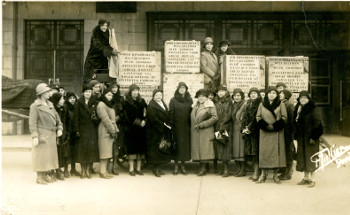
British WILPF played an active role in promoting the petition with members attracting signatures by wearing banners calling for disarmament; one had the slogan ‘Big Guns and Tanks Are Forbidden to Germany Why Not Abolish All Round.’ Shop fronts were taken over with displays in windows encouraging people to ‘Sign Up Here Against War.’
By February 1932 British WILPF had collected over 2 million signatures. A delegation carrying the British petition travelled by train from Victoria station to Geneva and a large crowd gathered to see them off with Margaret Bondfield, the first female cabinet minister, giving a speech highlighting the importance of disarmament. Once in Geneva the several crates containing British signatures were met by international WILPF members, later they marched through Geneva with posters stating ‘Japanese bombs are falling on Chinese cities. What will you choose: War or Disarmament?’
Fellowship of Reconciliation: London Union
FOR formed in 1914 when Henry Hodgkin (a British Quaker) and Friedrich Siegmund-Schultze (a German Lutheran) attended a Christian pacifist conference in Germany. As they bid farewell to each other at its conclusion and seeing war as inevitable, they pledged that “We are one in Christ and can never be at war”. Back in Britain, Hodgkin spread the message to Christian groups and the Fellowship of Reconciliation was formed, with public meetings calling for an end to the war a regular occurrence – some attracting supporters of the war with ugly scenes occurring. London branches joined together in 1916 to form the London Union.
FOR has a long history of supporting conscientious objectors in their decision not to undertake military service. During both world wars FOR provided advice and guidance to those conscripted into the army on the arguments they should deploy to prove they were a genuine conscientious objector. This was extended when National Service continued after the Second World War with FOR calling for an end to the scheme.
A scrapbook compiled by First World War conscientious objector Frederick Bradley is held in the archive. Following conscription being introduced in 1916 men were required to appear before Military Service Tribunals when requesting exemption. Bradley appeared before the Tribunals four times, he was granted exemptions initially as his Father argued he was needed to run the family business. The local press followed the case and the headline ‘Third Time of Asking’ gives an indication of local feeling. At the fourth tribunal Bradley stated ‘he absolutely refused to take life’ and he was allowed to undertake non-combatant service. Bradley was sent to Dartmoor prison work camp where a dietary chart reveals prisoners received fewer rations than the civilian population.
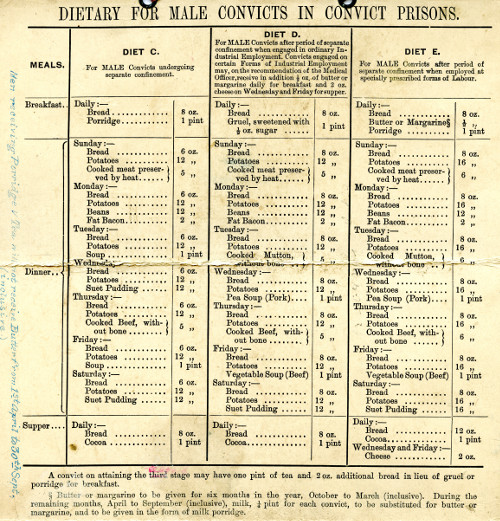
Conscientious objector and FOR employee, Stella St. John, was imprisoned in Holloway in 1943. On her release she wrote a fascinating account of her experience, revealing that prisoners were generally tolerant about her beliefs some saying ‘Good luck to you, I don’t hold with this war, but I wouldn’t get put in here for it.’ Stella writes about all aspects of prison life and is particularly scathing when describing food, writing the following about porridge “I had it the first day but never again, it tasted of mould and decay!”
Carys Lewis
Swords into Ploughshares Project Archivist
Useful links
Women’s International League for Peace and Freedom: British Section records on the LSE Library Archives Catalogue:
http://archives.lse.ac.uk/Record.aspx?src=CalmView.Catalog&id=WILPF&pos=1
Fellowship of Reconciliation: London Union on the LSE Library Archives Catalogue:
http://archives.lse.ac.uk/Record.aspx?src=CalmView.Catalog&id=FOR&pos=1
Swords into Ploughshares Project blog posts are available via the LSE Library blog:
http://blogs.lse.ac.uk/library/author/lewisc5/
All images copyright LSE, and reproduced with the kind permission of the copyright holder.


